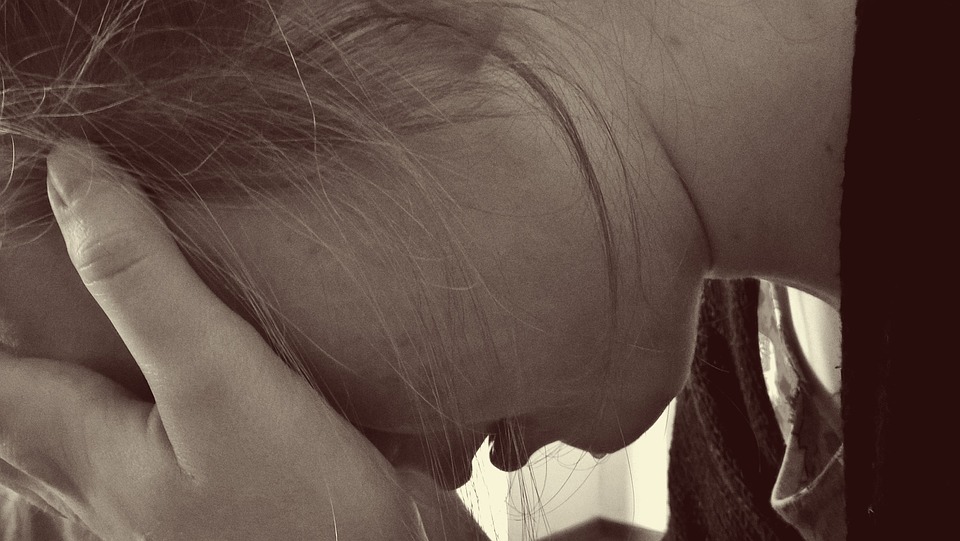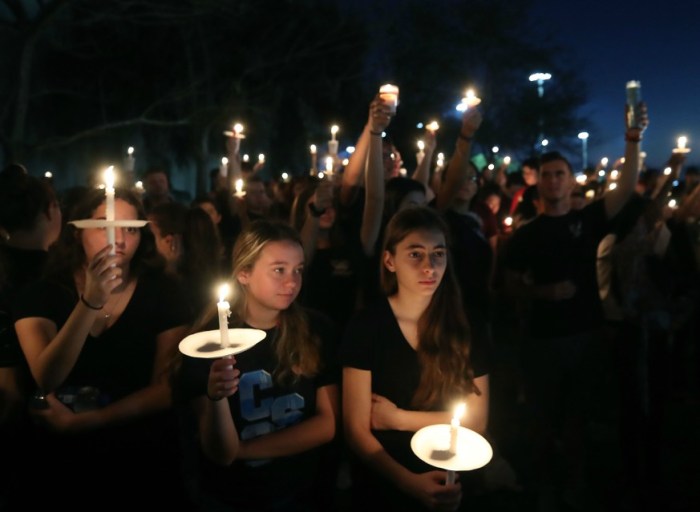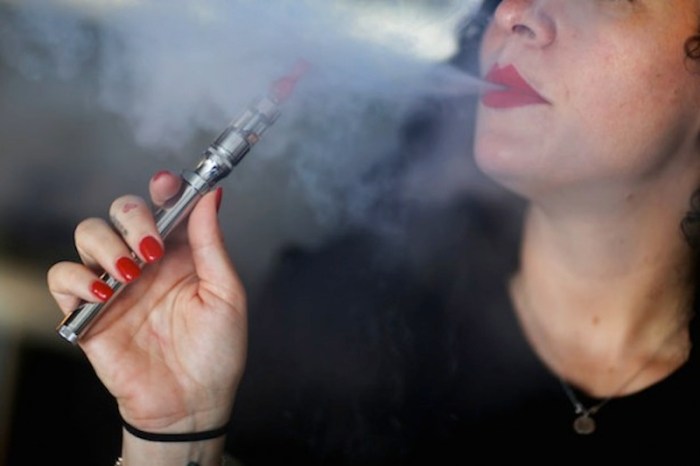A new report from New York City’s Health Department shows that suicides rates have increased between 2000 and 2014, particularly among females, and those deaths are outpacing homicides. The rate of suicides in the city has increased from 5.5 in 2000 to 6.3 per 100,000 people in 2014, according to the report, but since 2000 the increase in the suicide rate was primarily among females (56 percent increase). For males, the rate has mainly remained steady. Though the increase reflects the nationwide trend, and “NYC rates remain well below the national average,” city officials say that more can still be done to prevent suicide in New York.
“This concerning increase in the suicide rate in New York City tells us that we’re not reaching New Yorkers early enough when they need support,” said Health Commissioner Dr. Mary T. Bassett. “ThriveNYC, New York City’s comprehensive initiative led by First Lady Chirlane McCray, is raising awareness about mental health across the city and enhancing services for those in need. If you or someone you know needs help, don’t hesitate to call 1-800-LIFENET. If someone is in immediate danger, call 911 right away.” Data showed that suicide rates in the city are highest and continue to increase among white males, and rates among Asian/Pacific Islanders have risen more dramatically. Suicide rates have increased in Manhattan and Queens while other boroughs have remained steady. Neighborhoods where 10 to 20 percent of residents had an income below the Federal Poverty Level (FPL) had the highest rate of suicide, while ones where less than 10 percent of residents had an income below the FPL had the lowest rate. “The data released on suicide in New York City makes clear that a person’s untreated mental illness can result in premature and tragic death,” said First Lady Chirlane McCray. “Through ThriveNYC, we are expanding mental health resources to act early, intervene, and treat mental illnesses before they become more serious. By tackling stigma, we are helping those in need feel more comfortable seeking support and preventing a tragedy that devastates so many families. By making mental health resources available where people live, work, study and worship, we can save lives.” Initiatives to help lower the suicide rate include the NYC Mental Health Service Corps, which will provide an additional 400,000 hours of clinical time through the placement of 400 mental health practitioners.Mental Health First Aid Trainingwill train 250,000 New Yorkers (both adults and youth) in Mental Health First Aid over the next five years. Teachers and staff in NYC public schools also have access to Kognito At-Risk training, which will educate teachers on how to recognize early signs and symptoms of psychological distress in students. The health department also suggests learning the warning signs of suicide: “The following signs may mean someone is at risk for suicide. The risk of suicide is greater if a behavior is new or has increased and if it seems related to a painful event, loss, or change.” If you or someone you know needs help, call 1-800-LIFENET. If someone is in imminent danger, call 911.
New York City reports more suicides than murders

Pixabay


















